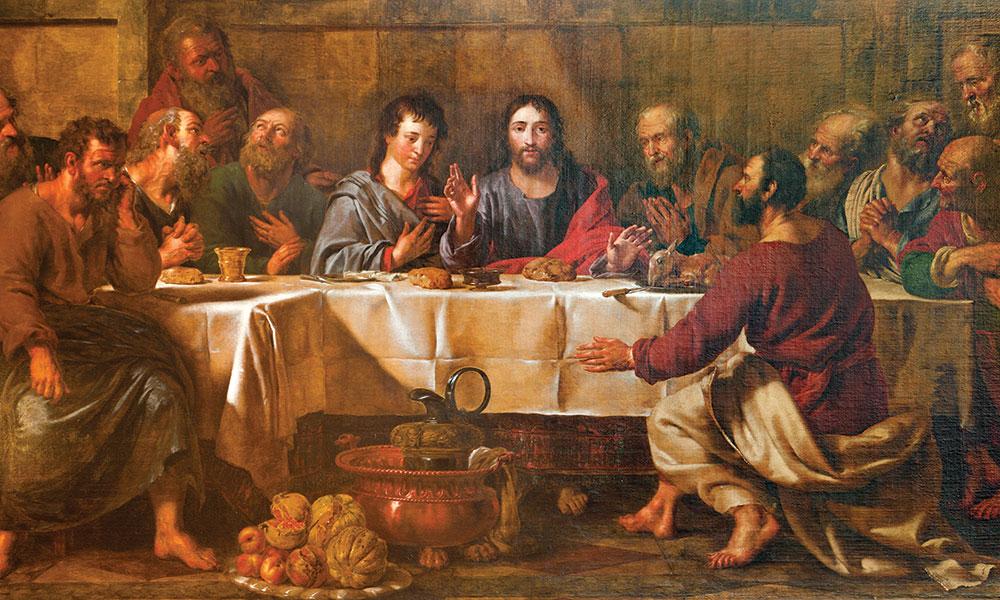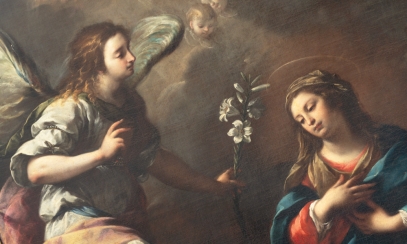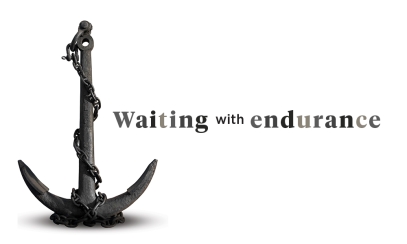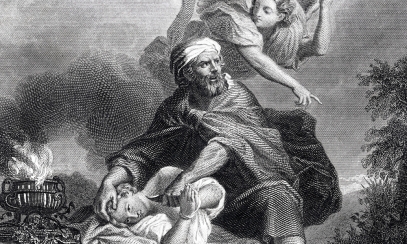
The Sacrament of Remembrance
REMEMBER!
This command comes to us from the Last Supper, when Jesus said, “Do this in memory of me!” (Lk 22:19; I Cor 11:24-25) The Greek word in that sentence is anamnesin. The Eucharistic Prayer during the Mass is said while we are kneeling. During that prayer, we are remembering; so that prayer includes an anamnesis! The Third Eucharistic Prayer puts this well. Just after the Consecration of the Bread and Wine, the priest proclaims: “Therefore, O Lord, as we celebrate the memorial of the saving Passion of your Son, his wondrous Resurrection and Ascension into heaven, and as we look forward to his second coming, we offer you in thanksgiving this holy and living sacrifice.”
REMEMBER!
This command comes to us from the Last Supper, when Jesus said, “Do this in memory of me!” (Lk 22:19; I Cor 11:24-25) The Greek word in that sentence is anamnesin. The Eucharistic Prayer during the Mass is said while we are kneeling. During that prayer, we are remembering; so that prayer includes an anamnesis! The Third Eucharistic Prayer puts this well. Just after the Consecration of the Bread and Wine, the priest proclaims: “Therefore, O Lord, as we celebrate the memorial of the saving Passion of your Son, his wondrous Resurrection and Ascension into heaven, and as we look forward to his second coming, we offer you in thanksgiving this holy and living sacrifice.”
What is it we remember and what does remembering mean?
The catechism (1354) defines it thus: “In the anamnesis that follows, the Church calls to mind the Passion, resurrection and glorious return of Christ Jesus; she presents to the Father the offering of his Son which reconciles us with him.” What is interesting here is that we are remembering something that happened in the past and also something that will happen in the future. It is like we are in a time warp!
The catechism (1104) also addresses this: “Christian liturgy not only recalls the events that saved us but actualizes them, makes them present. The paschal mystery of Christ is celebrated, not repeated. It is the celebrations that are repeated, and in each celebration there is an outpouring of the Holy Spirit that makes the unique mystery present.”
Again, we are in a time warp. The present and future are being folded up for us in the present moment. But what is the meaning of all this? This is not some science fiction or “Back to the Future” movie. At the Last Supper, Jesus gave his actual body and blood, which would be poured out the next day. He has allowed us, by telling us to do this in memory of him, to repeat this, making a present of the past and future each time we celebrate the Eucharist.
Jesus is the one who makes this possible. We are at the Last Supper. We are at Calvary. We are at the tomb. We are at the mount of Ascension. And we are at his Return in Glory. And what is more, Jesus offering of himself, his very sacrifice, now is made present and becomes our sacrifice to the Father as the priest prays: “WE offer you in thanksgiving this holy and living sacrifice.”
Bishop Earl Boyea is the fifth bishop of the Catholic Diocese of Lansing.



